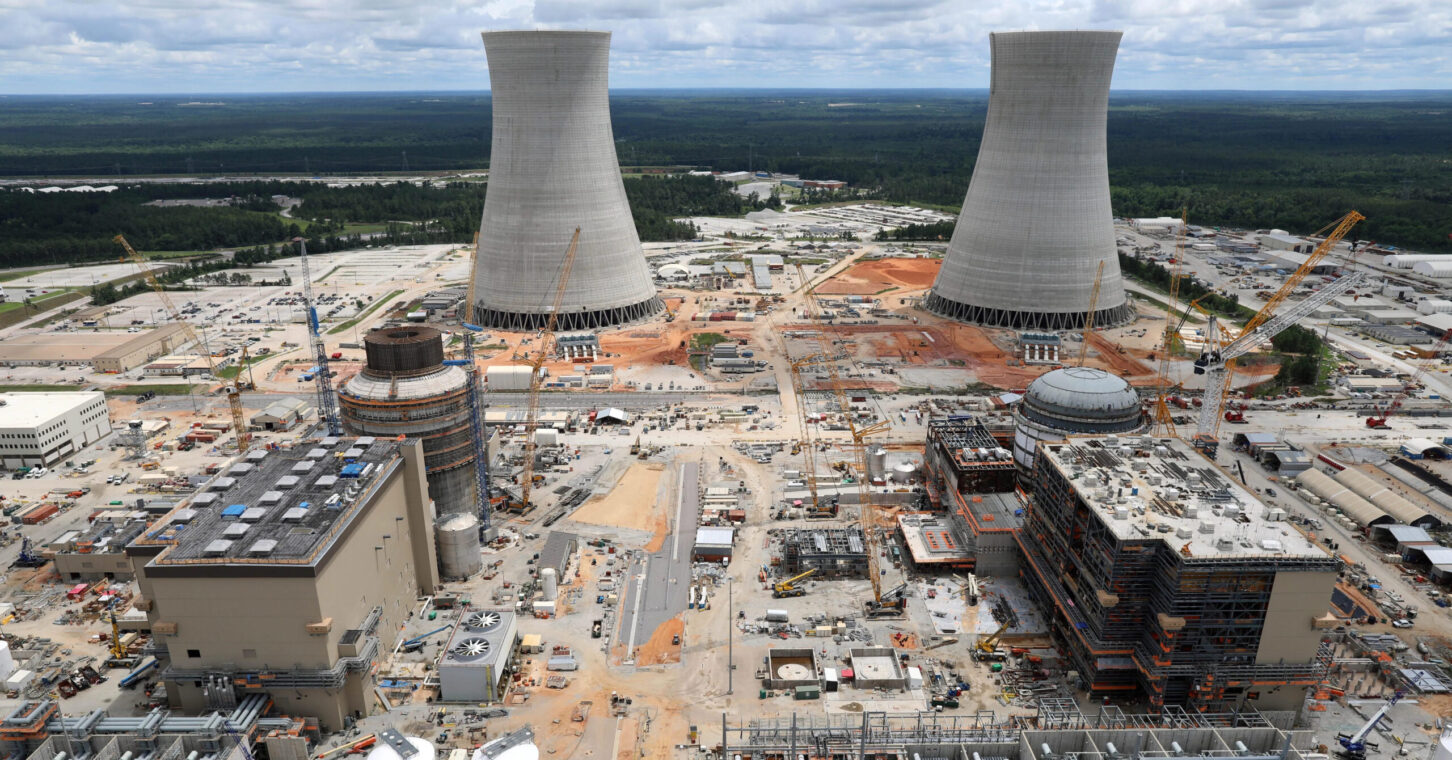
By now, Americans are used to seeing reality undermine the rhetoric and virtue-signaling that passes for governance in Washington, D.C. It’s less common to watch this happen practically in real time.
Such a spectacle occurred late last month. I’m not sure how many people noticed, but it has a particular meaning for those of us who live in Georgia.
On April 25, the U.S. Environmental Protection Agency announced new rules that could essentially outlaw coal-fired power plants within 15 years. If you think that statement is hyperbole, know that it is one proclaimed by both proponents and opponents of the new rules. Natural gas-fired plants would also face daunting new requirements, and new ones would be virtually impossible to build.
The scope of these sweeping changes, made not by Congress but by unelected bureaucrats, is staggering. But let’s stick for a moment with the questions of timing and reality.
Just four days after the EPA unveiled these new rules, nuclear Unit 4 at Georgia’s Plant Vogtle entered commercial operation. It was a huge, important milestone for the people and businesses of our state and a testament to the commitment to innovation by Vogtle’s owners: Georgia Power, Oglethorpe Power, MEAG Power and Dalton Utilities.
In the context of carbon emissions, which drove the new EPA rules, Vogtle Unit 4 will help Georgia continue to beat national averages in carbon emissions per dollar generated.
Those are all great things. Here’s the bad news: This milestone came more than 17 years after Vogtle’s owners filed the initial permits for Unit 4 and Unit 3, which entered commercial operation last August. Delays and cost overruns piled up due to numerous factors, including the bankruptcy of the original contractor on the project. But federal overregulation played an enormous role as well, and that has yet to be fixed.
That is the reality with which pie-in-the-sky rulemakers need to grapple.
There simply is no rival to nuclear power when it comes to reliable capacity free of carbon emissions. None. Yet, Vogtle Units 3 and 4 are the first completely new nuclear reactors brought online in this country in more than three decades. The danger is that we’ll have to wait a similar amount of time for the next new reactors.
That would be devastating, given the new EPA rules. According to the federal government, natural gas accounted for more than 43% of all U.S. electricity generation last year, and coal another 16%. Nuclear represented almost 19%, and all renewable sources combined for about 21%.
At first glance, those numbers may make a future based on renewables appear feasible. Certainly, that’s the goal of the EPA’s new rules.
But consider that inefficiencies mean you have to build about three times as much capacity for renewables as the fossil-fuel capacity you are replacing. And even that doesn’t tell the whole story.
The lower reliability of renewable sources – solar panels only work when the sun is shining, and windmills when a breeze is blowing – means they can’t carry the load themselves. So many aspects of our personal and economic lives depend on the power being on at all times we need it. That’s a very real concern if we shift too quickly from reliable sources of power, as those who live in places plagued by brownouts and scheduled power outages.
At some point in the future, battery storage might reduce those reliability concerns. But how much sense does it make to base rules and, consequently, multibillion-dollar investment decisions on technology that may or may not develop.
Nuclear addresses the reliability question, since reactors can run 24/7/365. It’s also free of carbon emissions, for those who believe that’s the only question that matters. We need many more nuclear reactors just to keep up with demand as it grows. We need dozens more if we want to replace the one-sixth of U.S. electricity currently generated by coal alone.
Until we have a more sane regulatory environment, Americans won’t be able to benefit from this important energy source.